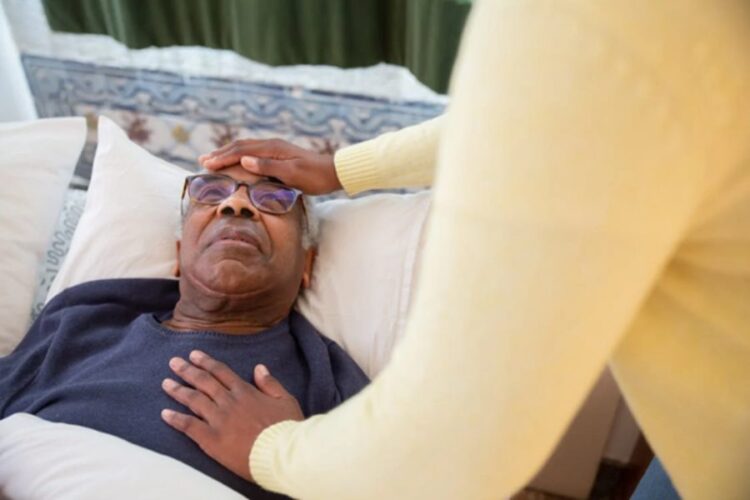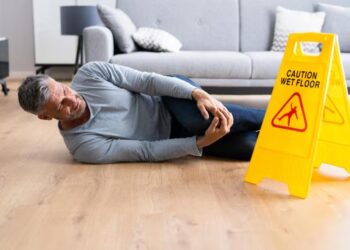For many older adults, independence isn’t just about mobility—it’s about dignity, safety, and the comfort of staying at home. But let’s be real: creating a secure living environment often comes with added costs, especially when it includes specialized tools like medical alert systems. What many don’t realize is that tax legislation in the U.S. (and even in parts of Canada) is quietly working in the background to help offset those expenses.
One such tool, Life Assure, offers seniors and their families peace of mind, and thanks to smart tax codes and healthcare incentives, it may also bring some much-needed financial relief. This article unpacks how current laws and healthcare accounts can support seniors in staying safe, without breaking the bank.
Why Medical Alert Systems Matter More Than Ever
Aging in place isn’t just a trend—it’s a goal for millions of older adults. But while handrails and non-slip rugs are great, they don’t call for help when someone falls. Medical alert systems fill that gap. They’re personal emergency devices that let seniors reach help instantly—whether it’s a fall, dizziness, or just feeling unwell.
What makes them so vital is that they help bridge the gap between full-time care and complete independence. And thanks to tax laws recognizing these tools as part of medical care, it’s possible to get some financial help through deductions or flexible spending options.
Are Medical Alert Devices Tax Deductible?
Short answer: they can be. But like most things tax-related, the longer answer is—it depends.
In the United States, medical alert systems may qualify as a deductible medical expense under IRS Publication 502. The device must be used primarily to prevent or treat a medical condition. If a doctor recommends it, or if the user has a condition that puts them at higher risk of falls or health emergencies, you’ve got a stronger case.
Key Requirements:
- The person must itemize deductions on their return.
- Total qualified medical expenses (including alert systems) must exceed 5% of adjusted gross income.
- The system must serve a medical purpose (not just peace of mind).
That last point can be a bit murky, so having a healthcare provider recommend the device—preferably in writing—can help.
Using FSAs and HSAs to Cover Costs
Another popular path is through Flexible Spending Accounts (FSAs) or Health Savings Accounts (HSAs). These are pre-tax benefit accounts that allow individuals to use untaxed dollars to pay for certain healthcare expenses.
The good news? Many medical alert systems are considered eligible expenses under both FSA and HSA guidelines—especially when they’re prescribed or recommended by a medical professional.
Quick Tip:
Before purchasing, check with your FSA/HSA administrator to confirm eligibility. Some companies even provide pre-approval forms or receipts formatted specifically for reimbursement claims.
Canada’s Approach: Tax Credits for Senior Safety
If you’re north of the border, you’re not out of luck. In Canada, the Medical Expense Tax Credit (METC) can be applied to a variety of expenses that help individuals cope with mobility, medical, or safety-related conditions—including medical alert devices.
Some provinces, such as Ontario and British Columbia, also have senior-specific assistance programs that may offer additional credits or reimbursements for safety and health-related devices.
Eligibility Requirements Vary, But Common Factors Include:
- Age (typically 65+)
- Medical necessity (proof or prescription)
- Installation of home safety or monitoring devices
What the Law Actually Says
Let’s break down the specific references that make this all possible:
In the U.S.:
- IRS Publication 502 lists deductible medical expenses.
- Section 213(d) of the Internal Revenue Code defines medical care expenses, which can include equipment primarily used for medical purposes.
- FSA/HSA regulations are managed under IRS Notice 2004-50 and IRS Code Section 223.
In Canada:
- Income Tax Act (ITA), Section 118.2(2), outlines what qualifies for the Medical Expense Tax Credit.
- CRA also issues updated eligible medical expense lists, which include home safety equipment and monitoring systems for medical conditions.
Having that legal foundation allows families and seniors to make confident decisions when it comes to investing in their safety—knowing the government has their back.
How Families Can Take Advantage of These Benefits
Navigating tax forms and medical documentation may not be everyone’s idea of a good time, but a few practical steps can make it easier.
Step 1: Talk to a Healthcare Provider
Ask if they can recommend a medical alert system as part of a broader health and safety strategy. A written recommendation can support tax claims and reimbursement eligibility.
Step 2: Choose a Qualified Product
Not all systems are created equal. Look for ones that include:
- 24/7 emergency response
- Fall detection
- GPS tracking (for active seniors)
- At-home and mobile options
Step 3: Save Your Receipts and Documentation
Whether you’re using an FSA or claiming a deduction, detailed receipts and supporting documents are key. If your provider offers itemized invoices, even better.
Step 4: Consult a Tax Professional
Every case is unique, and local or national rules change often. A tax advisor familiar with senior healthcare deductions can help you claim everything you’re entitled to.
What About Caregivers?
For family caregivers footing the bill, tax deductions can be a small but meaningful way to ease the financial pressure. If you support a parent or relative and they qualify as a dependent on your tax return, you might be able to deduct their medical alert system costs under your own return.
And in some cases, costs can be split between multiple family members, as long as the arrangements are clearly documented.
Final Thoughts: Independence with a Side of Smart Planning
Safety shouldn’t come at the cost of financial strain. Thanks to tax legislation, programs, and smart financial tools, seniors and their families have more options than ever to afford the resources that help them stay independent.
Medical alert systems like Life Assure aren’t just emergency tools—they’re also financial-savvy solutions when used in conjunction with FSA, HSA, or tax credit strategies. And while they don’t make tax season any more fun, they might just make it a little more rewarding.










